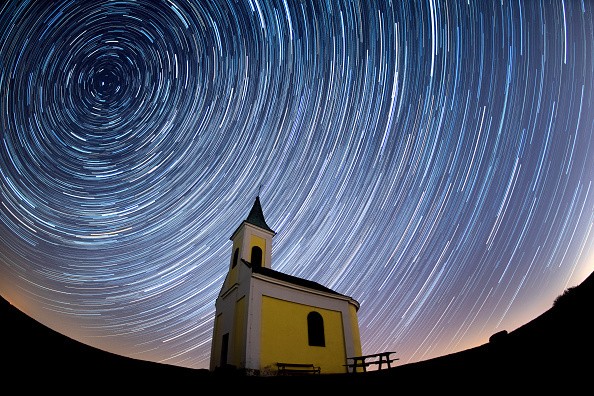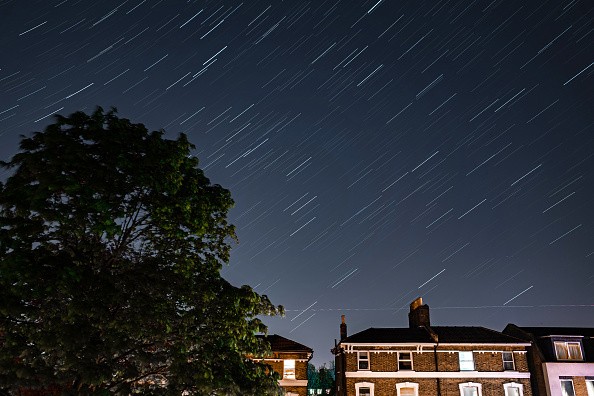Many people are excited to see the Orionid meteor shower's spectacular view. The celestial bodies could even exceed your expectation as the National Aeronautics and Space Administration (NASA) claims that meteors could become fireballs.

This could be possible since Earth will pass through Hailey's comet's tail, bringing prolonged explosions of light in October. Orionids are commonly referred to as "shooting stars," which could be one of the most spectacular events, with meteors traveling 66 kilometers (41 miles) every second.
"Fast meteors can also sometimes become fireballs: Look for prolonged explosions of light when viewing the Orionid meteor shower," said NASA in a blog post.
"The best time to look for these meteors would be after midnight, but before the sky begins to lighten with the dawn," added the space agency.
The company also advised the ideal conditions would be a clear view of the large part of the sky after midnight, clear skies with no clouds or haze, and a location with less light pollution.
NASA said that the peak of the meteor shower is expected to take place on Oct. 21. The space event will be active from Oct. 2 to Nov. 7, and several days within October.
The International Meteor Organization said that the Orionid meteor shower's strength has varied from year to year. This 2020, an unusually large peak could be seen.
Where do Orionids come from?
Orionids come from 1P/Halley, commonly known as Halley's comet. These meteors are created each time Halley returns to the inner solar system, making its nucleus shed ice and rocky dust into space.

When the dust grains collide with Earth's atmosphere, it'll become Orionids in October and Eta Aquarids in May. Halley's comet was named after Edmond Halley, who discovered it in 1705.
The gigantic comet takes about 76 years to orbit the sun. It is one of the most famous comets, with dimensions of 16 x 8 x8 kilometers, and is one of the darkest space objects in the solar system, with an albedo of 0.03.
For more news updates about other meteor showers, always keep your tabs open here at TechTimes.
This article is owned by TechTimes,
Written by: Giuliano de Leon.
ⓒ 2025 TECHTIMES.com All rights reserved. Do not reproduce without permission.




